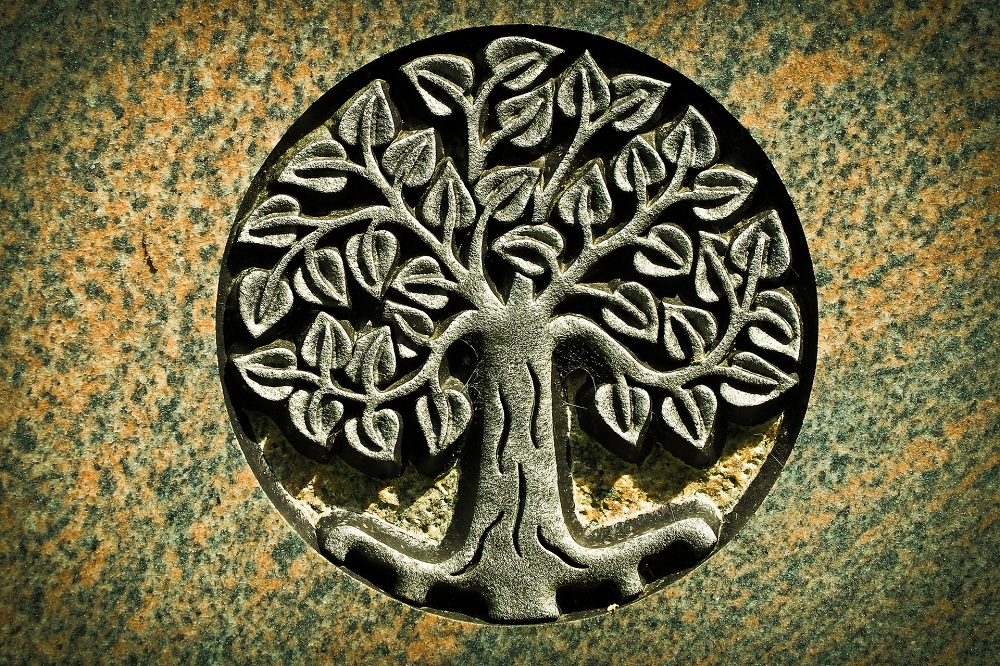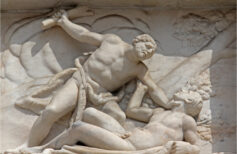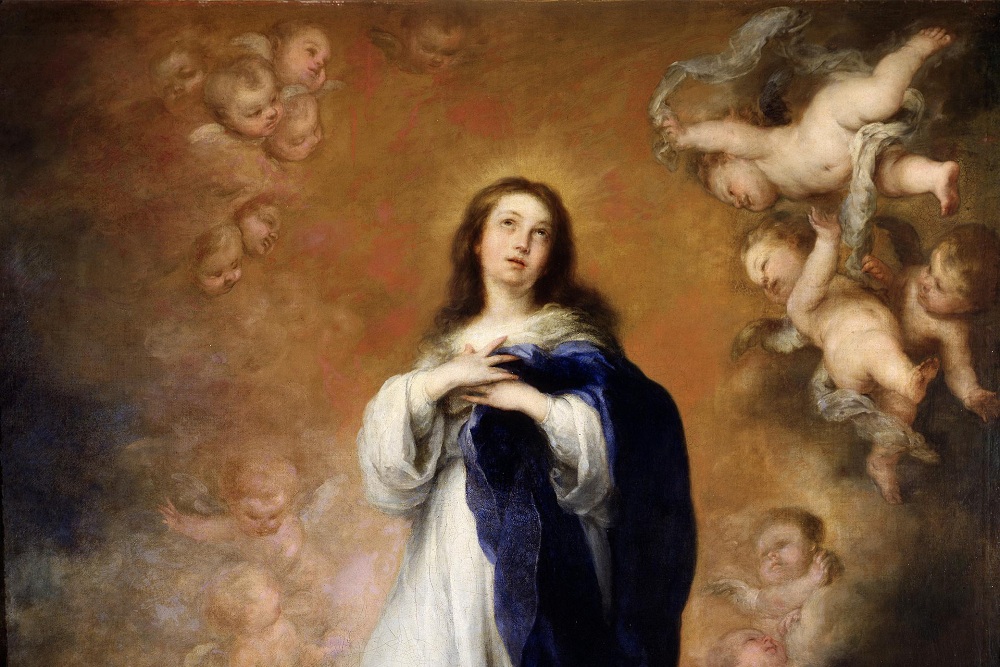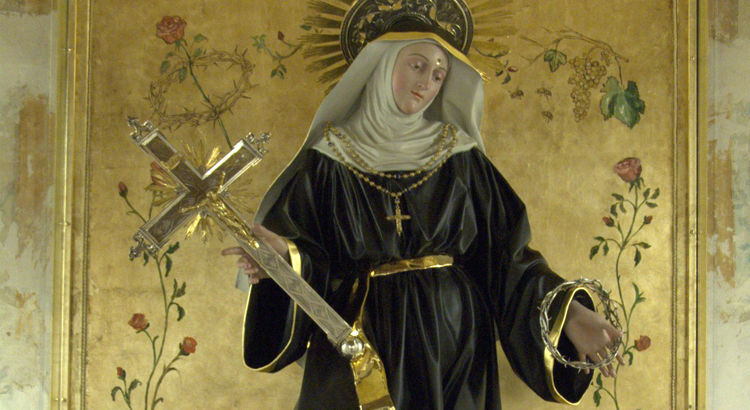The Garden of Eden represents the first, immense gift that God gave to man and woman. Lost following the original Sin, it remains an emblematic place, a symbol of rediscovered innocence and inexhaustible hope. Let’s find out more about it.
We have already had the opportunity to talk about the Garden of Eden in a previous article dedicated to the story of Adam and Eve. It is in the Garden of Eden, also called Earthly Paradise, that God created the first man and the first woman, the progenitors of all humanity. The Almighty gave them a gift of that wonderful place and all the animals and plants that populated it so that they could enjoy their fruits and live in absolute happiness.

The story of Adam and Eve
Who does not know the story of Adam and Eve, the first man and the first woman? But are we really sure that…
Absolute happiness … This is one of the characteristics of the Garden of Eden: a place of peace, harmony, where all races of animals coexist peacefully, where no flower is poisonous. Suffering is banished, and so is fatigue, illness, pain. Death cannot enter the Garden of Eden, where the tree of life, among others, blooms, to which we have dedicated a further article. God has placed this miraculous tree right in the middle of the garden of Eden, next to the tree of the knowledge of good and evil, and Adam and Eve can eat its fruit to their fill. In this way, they are immortal, immune to the passage of time, to old age, to disease, to death.

The meaning of the Tree of Life
All religions, since the origins of mankind, are somehow tied to trees…
What is the origin of the Garden of Eden? Does it correspond to a real geographical location? And, if so, where was it located?
Meanwhile, let’s analyse the terms. The Hebrew word “pardés”, whose root refers to ‘paradise‘, means ‘garden‘. The compound term “Gan ‘Eden”,’ garden of Earthly Delights‘ (Genesis 2:8-14), was used to define both the earthly and the celestial paradise. The word “Eden” comes from the Sumerian, and means ‘ steppe, plain ‘. Some scholars have conjectured that God chose an area occupied by steppe vegetation to give rise to His Paradise, his garden of delights. Another theory links the Garden of Eden with a location repeatedly mentioned in the Bible called Eden or Edin. It was a region under the dominion of the Assyrians, located in the middle Euphrates, also mentioned in many Sumerian sources.
When we think of the earthly Paradise we don’t have to imagine an uncultivated and wild place. In fact, in ancient times the gardens were fenced places and in which the vegetation was regulated rationally. Therefore, the choice of creating a garden and giving life to the first man inside it would also fall within God’s precise plan.
Where was the Garden of Eden located?
Regarding the location of the garden of Eden, in Genesis, we read: “And the Eternal God planted a garden in Eden, in the east, and there he put the man he had formed … And a river went out of Eden to water the garden, and from it was divided into four arms. The name of the first is Pishon, and it is that which surrounds the whole land of Havila, where is the gold; and the gold of that country is good; bdellium and onyx are also found there. The name of the second river is Gihon: the same is it that compasseth the whole land of Ethiopia. The name of the third river is Hiddekel, and it is the one that flows east of Assyria. The fourth river is the Euphrates. ” (Genesis 2: 8-14).
This apparently very precise description actually contains references that are almost certainly more symbolic than geographic. At first glance, one might think that the Garden of Eden was located in a river valley, somewhere to the east, perhaps in Mesopotamia, at least according to most scholars. In fact, the region, crossed by the Tigris and Euphrates rivers, and which occupied the territory where Iraq, Syria, Turkey and Iran now extend, had very luxuriant vegetation, thanks to the flooding of the two rivers, so much so that it deserved the name of the fertile crescent, sometimes typical of the steppes, which reconnects us to the aforementioned word ‘Eden’.
Other scholars place the earthly Paradise further north, starting from the assumption that if four streams of water came out of it, their source must have been further north than the course of the Tigris and Euphrates. Indicatively, we can think of the northern part of Armenia.

Trees and plants in the Christian tradition
In ancient times, the relationship between man and nature was much closer than itis today. Everyday life was inextricably linked…
Professor David Rohl, a famous English archaeologist, after years of study, excavation and research, said that the Garden of Eden was located in a valley near today’s Tabriz in northern Iran on the plateau west of the lake by Urmia. The same scholar, the author of a book with the explanatory title ”Genesis was right ”, argues that what is told in Genesis is very reliable from a historical and geographical point of view. So also for Rohl the garden of Eden stood in ancient Armenia, around the basins of Lake Van and Lake Urmia, in the same region where Mount Ararat rises, on which Noah’s Ark stopped at the end of the Great Flood. The ark would still be visible, on top of the mountain, on clear days …
Again, some think that the Garden of Eden was located in the Holy Land, the land of Israel. According to this theory, the river that flowed in the earthly Paradise, and then divides once it leaves, would have been the Jordan. To support this hypothesis is the fact that undoubtedly, in those distant times, the course of the river was much longer. In particular, the Garden could have been located north of Galilee, on the border with Samaria, south of the Sea of Galilee. This area was in the past so strategically important and so fertile, thanks to the waters of the Jordan and the Harod River, that the ancient Jewish sages used to say: “If the Garden of Eden is in the land of Israel, then its gate is Beth-Shean“, referring to the ancient city that stood in that region.
Other scholars place the Garden of Eden in Egypt and identify the four rivers with the Nile, which made that land fertile and rich by flowing for long stretches under it, only to emerge at some points.
Finally, some interpretations exclude any geographical implication, considering the Garden of Eden only in the key to the reading of the expulsion of Adam and Eve from it. The garden would represent the Holy Land and the Temple of Jerusalem, from which the people of Israel, guilty of idolatry, were expelled, losing communion with God.
Regardless of the possibility of giving a geographical location to the Garden of Eden, as described in the Holy Scriptures, its importance remains a priority for every believer. Everything that happened in it, the temptation of the woman, the fall of the man, the expulsion of both, represents the beginning of the existence of humanity as we know it, in a theological key that justifies and explains the origin of all evil. The moment Eve and Adam chose to disobey, eating the fruits of the tree of the knowledge of good and evil, they lost the right to feed on those of the tree of life. In this lies the deception of the Serpent, who had promised them that, instead, they would be equal to God.
We will have to wait for the advent of Christ to find, in his Cross, the new Tree of life, source of salvation and eternal life.






















